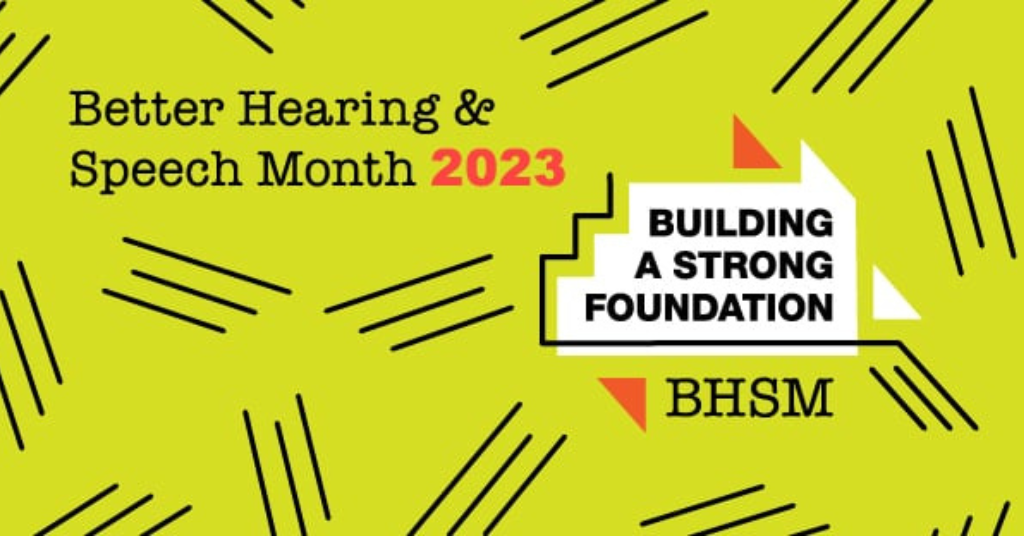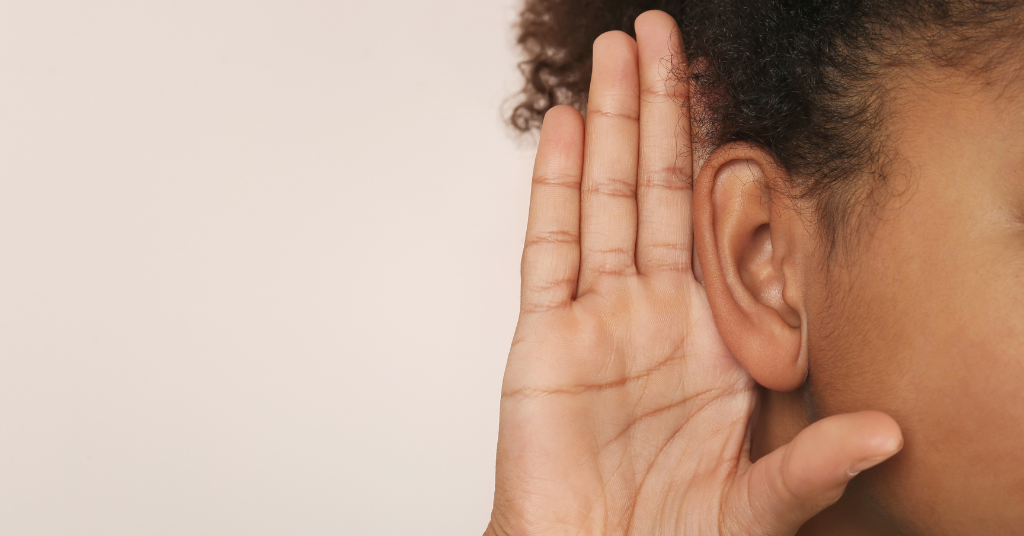
Music: Boon or Bane?
February 19, 2014
But You Look So Normal
March 3, 2014That’s Intense: Understanding the Decibel Scale

Part 1 in our Hearing Protection Series | See Part 2
For many people with hearing loss, hearing protection is a big deal. It’s important to protect whatever level of hearing ability you still have. Our Hearing Protection Series of blog posts takes an in-depth look at hearing protection.
You’ve certainly heard the word “decibel” more than once; but do you know how the decibel scale works? Understanding the decibel scale will give you insight into the degrees of hearing loss, and help when it comes to hearing protection.
Human ears can detect an incredibly wide range of sounds. We measure sound intensity on a logarithmic base 10 scale, which proceeds in multiples of 10, rather than on a linear scale. (The Richter scale of earthquake intensity is another example of a logarithmic scale.)
Think of a linear scale as a tape measure: going 10 units up the scale gets you 10 units more than where you started. If you start at zero centimeters and add 10, you’re at 10 centimeters; start at 10 centimeters, add 10 more, and you’re at 20 centimeters. Easy enough, right? However, a logarithmic scale is very different. Here, going 10 units up the scale increases the previous number by a factor of 10, not by 10 units.
To see what this looks like, we need to know where we’re starting. Zero on the decibel scale is the “threshold of human hearing”: it’s the least intense sound a human can detect. It’s mind-boggling how quickly the logarithmic scale of decibels goes up from there:
| 0 dB | threshold of human hearing |
| 10 dB | 10 times more intense |
| 20 dB | 100 times more intense |
| 30 dB | 1,000 times more intense |
| 40 dB | 10,000 times more intense |
Basically, for every 10 dB increase, we’re adding a zero to the amount of intensity versus the threshold of hearing. So, a sound that’s 120 dB—a jet engine, for example—is one trillion times the intensity of the smallest sound a human can hear. Check out this Noise Thermometer (a PDF file), which shows the range of various sounds on the decibel scale.
The logarithmic nature of the decibel scale can be tough to wrap your mind around, but it’s important to your understanding of the nature and extent of both hearing loss and hearing protection. Next in the series, we’ll examine frequency and pitch. Meanwhile, if you want to learn more about sound pressure waves, sound intensity, and the decibel scale, here’s a really great article.




